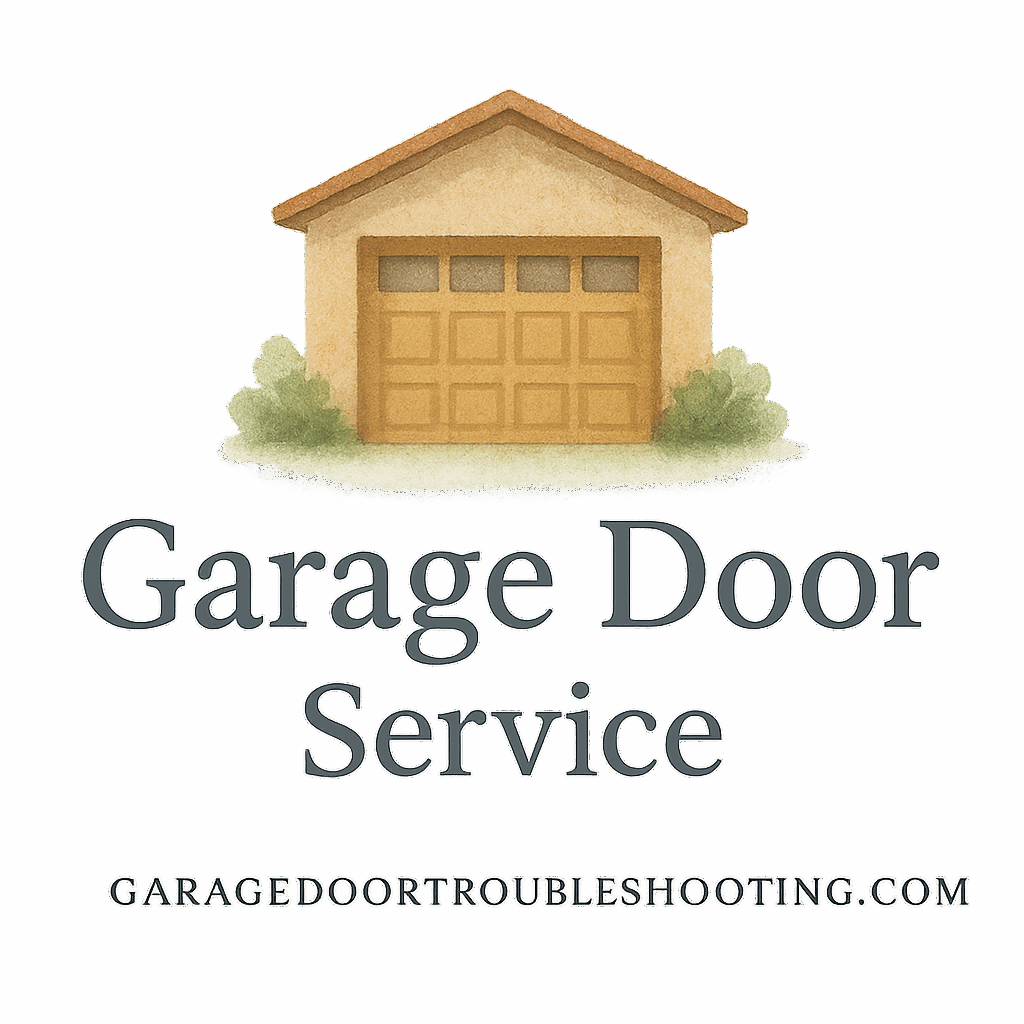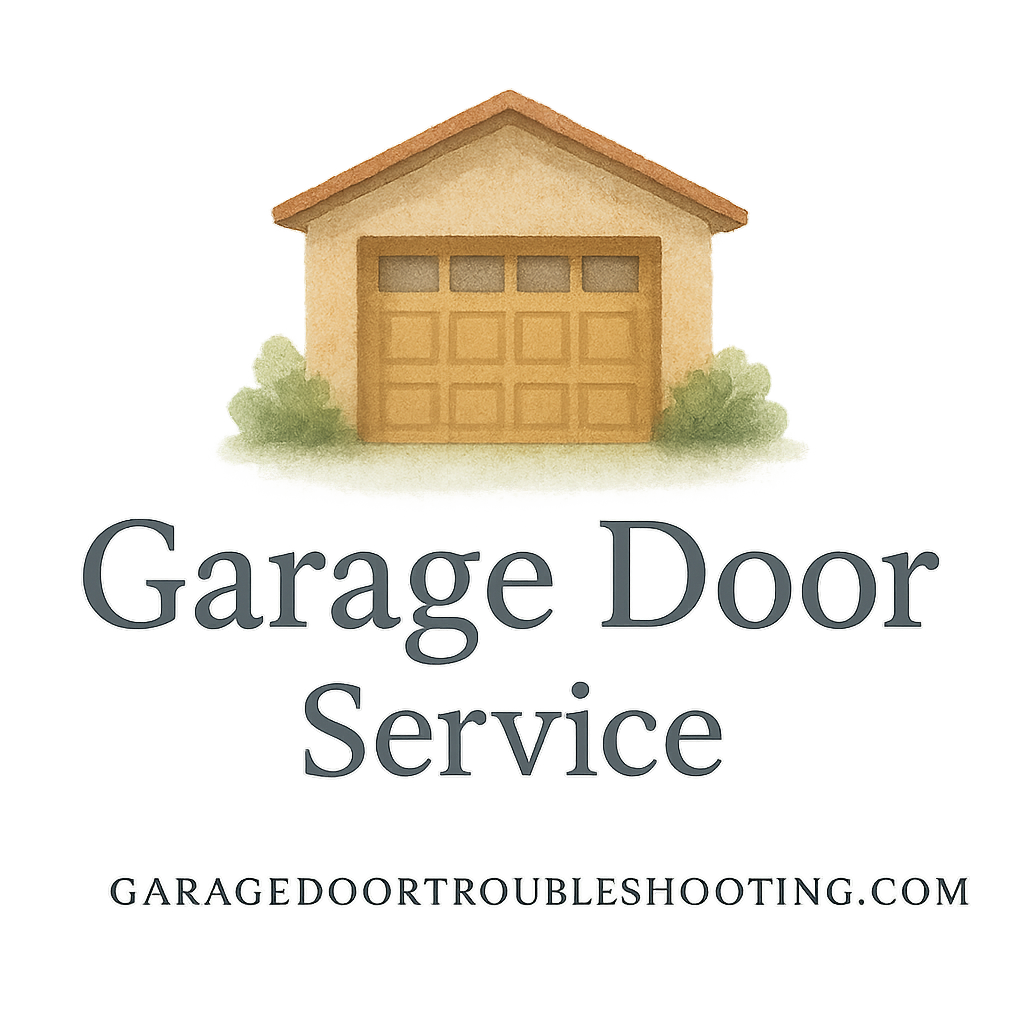Introduction: Understanding Garage Door Issues
Garage doors are one of the most-used entrances to our homes, yet they’re often overlooked until something goes wrong. From squeaky sounds to total refusal to open, garage door problems can range from annoying to dangerous. But don’t panic — this guide will walk you through 10 garage door problems and how to fix them like a pro. Whether you’re a seasoned DIYer or just looking to save money before calling a technician, you’ll find real-world advice and practical solutions here.
1. The Garage Door Won’t Open or Close
Common Causes
This is one of the most common and frustrating problems. Usually, it’s due to power issues, blocked photo-eye sensors, or a malfunctioning opener.
Simple Fixes
- Make sure the opener is plugged in.
- Check the circuit breaker.
- Clean the photo-eye lenses with a soft cloth.
- Reset the garage door opener.
Also, head over to Garage Door Repair Guides for more advanced tips.
2. Garage Door Opens But Won’t Close
Sensor Issues
Your garage door opener has safety sensors that stop the door from closing if something’s in the way. Sometimes they get misaligned or dirty.
Quick DIY Solutions
- Realign the sensors so they face each other.
- Remove any debris blocking them.
- Clean the lenses with a soft microfiber cloth.
Check out our Garage Door Safety & Security section for more safety tips.
3. Noisy Garage Door Operation
What’s Making That Noise?
Grinding, rattling, or screeching? That’s your door crying for help. It’s likely due to poor lubrication, loose parts, or worn rollers.
Lubrication and Maintenance
- Use a silicone-based lubricant on rollers, hinges, and tracks.
- Tighten any loose bolts and nuts.
- Replace worn rollers if needed.
Regular Garage Door Maintenance Tips can help you avoid this problem altogether.

4. Garage Door Remote Not Working
Battery or Frequency Problems
If your remote has stopped working, it might just need a new battery or be experiencing frequency interference.
Resetting the Remote
- Replace the batteries.
- Reprogram the remote using your opener’s manual.
- Check for nearby devices that may cause interference.
Our Garage Door Installation Advice article has more on syncing devices.
5. Garage Door Moves Unevenly
Check for Obstructions or Spring Issues
If one side is moving faster or lagging, it could mean an issue with the springs or something in the track.
Balance Test and Realignment
- Disconnect the opener and lift the door manually halfway — it should stay in place.
- If it doesn’t, you may need to adjust the spring tension or call a professional.
Learn more in our Professional Garage Door Services section.
6. Slow Response Time
Causes of Delay
Is your door taking ages to open or close? You might be dealing with poor connectivity, bad wiring, or old components.
How to Speed It Up
- Reprogram the opener.
- Replace outdated components.
- Ensure Wi-Fi-based openers have a strong connection.
For tips, check out our Homeowner Tips tag section.
7. Sagging Garage Door Sections
What Causes Sagging
Over time, wooden doors can warp, and panels can weaken.
Reinforcement Tips
- Install a tension rod to straighten panels.
- Replace damaged sections if needed.
- Tighten all panel screws.
Find more on the Maintenance Plan tag.
8. The Door Reverses Before or After Hitting Floor
Adjusting Limit Settings
Your opener may think the door has hit an obstacle too soon.
Safety Sensor Calibration
- Adjust the down limit screw on the opener.
- Calibrate the sensors again and test the door.
More safety precautions can be found under our Precautions tag.
9. Broken Garage Door Springs
Signs of a Broken Spring
You might hear a loud bang or notice the door is suddenly very heavy.
Why This Fix is Best Left to Pros
Garage door springs are under extreme tension. Replacing them yourself is dangerous.
Visit Dangerous Repairs for more on why this job needs a pro.
10. Garage Door is Off the Track
How It Happens
An obstruction or impact can knock your garage door off its tracks.
Realignment Steps and When to Call Help
- Disconnect the opener.
- Gently guide the rollers back onto the track.
- If the damage is severe, contact a service provider immediately.
Check our Service Provider Directory.
When to Call a Professional
Not all garage door fixes are safe for DIY. If you’re dealing with spring issues, significant track damage, or electrical failures, call a professional. Browse our Professional Services for trusted help.
Regular Maintenance to Prevent Issues
Maintenance Plan Checklist
- Inspect and lubricate moving parts monthly.
- Test auto-reverse features.
- Check balance every 6 months.
Tools and Supplies You’ll Need
- Silicone spray
- Wrench set
- Clean rags
- Level
Explore our complete Garage Door Maintenance Tips for more ideas.
Conclusion: Keep Your Garage Door Happy and Healthy
Don’t wait for your garage door to fail completely. By keeping an eye (and ear) on how it’s performing, and knowing how to tackle the most common issues, you can save money and stay safe. But remember — if something seems too big to handle, there’s no shame in calling a professional. A well-maintained garage door not only adds to your home’s security but also saves you from future headaches.
FAQs
- How often should I maintain my garage door?
Every 3-6 months. Frequent maintenance helps prevent costly repairs. - Can I replace garage door springs myself?
It’s not recommended. Springs are under high tension and can cause serious injury. - What lubricant is best for garage doors?
Use silicone-based lubricants. Avoid WD-40. - Why does my garage door make loud noises?
Likely due to lack of lubrication or worn rollers. - How do I realign garage door sensors?
Loosen the screws, adjust until lights align, then retighten. - Why won’t my garage door remote work?
Could be dead batteries, signal interference, or the need for reprogramming. - Where can I find expert repair guides?
Visit our Garage Door Repair Guides section for everything you need.
For more in-depth help, always visit Garage Door Troubleshooting.


